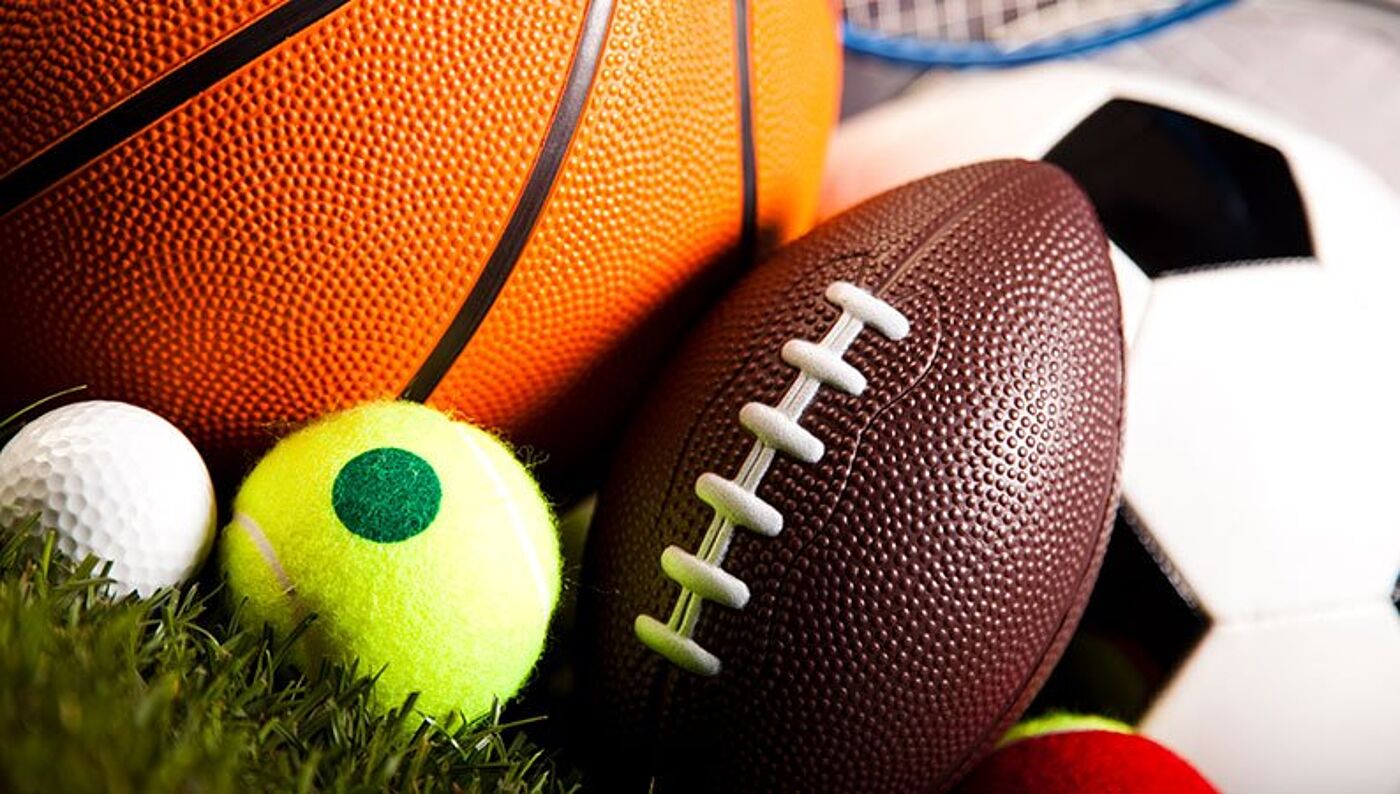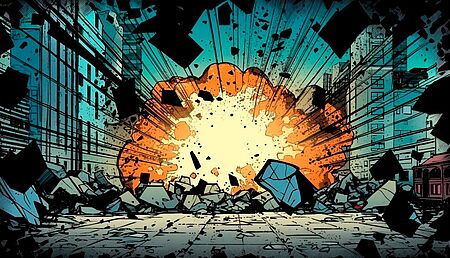
Everyday IP: The notable IP of golf, basketball and other sports
There are more than a few fascinating stories regarding Intellectual Property in sports, ranging from the origin of basketball to the thousands of patents in golf.
Sports can bring people together (as participants or spectators) in a way that very few other collective activities can. At their most impressive, athletes accomplish feats (both individually and as teams) that invoke responses as emotional and visceral as reactions caused by the greatest art, and the games they play can serve as uniting forces, however fleetingly, in trying times. They can also drive people nuts, but that is a discussion for another day.
When we imagine the elements of sports, we often think of players, rules, styles of play, equipment, venues — things of that nature. Chances are, we do not think of patents or even Intellectual Property as a whole (aside from team logos and names being trademarked). But most sports would not exist as we know them today without many patented inventions — more than 22,000, in golf's case! — and other registered IP.

Golf: The patent king of sports
No, we did not accidentally add a zero or two to the figure in the last paragraph: According to the National Golf Foundation, at least 22,000 patents related in some way to golf have been filed with the U.S. Patent and Trademark Office (USPTO) between 1976 and 2018. Baseball, in the runner-up spot, saw 1,508 patents filed in the same period. If you combined all patents from all other sports into one group, you would still have fewer than golf. Also, if you added the golf patents filed with the European Patent Office (EPO), the U.K.'s Intellectual Property Office (UKIPO) and many other global IP regulators, you would have thousands more. (Being that Scotland is often considered the game's birthplace, it makes sense that many golf patents are U.K.-registered.)

The main reason is golf's many variations. The game's clubs are all different enough that there is plenty of room for variation in the design of the head, shaft and other components without infringing on past innovations. (Some would say the Callaway Big Bertha Driver is the perfect iteration of that club type, but many have disagreed and tried their hand at driver designs of their own.) Then you have the other accessories required for the game: cups, gloves, balls or cleats. The latter is especially important, given the need for reliable traction in widely differing terrain. Then, there are various software programs and devices to analyze performance in the modern era or keep score during a wide-ranging professional match.
Golf courses, meanwhile, are a bit different: If planned using drawings and blueprints, the underlying original ideas may be protectable by copyright, but they cannot be patented.
Basketball: Unsung inventors
The Canadian physical education specialist and educator James Naismith is, accurately, considered the father of basketball. He invented the principal rules and structure of the game in 1891 at Springfield College while trying to think of an activity for his students that would keep them out of the harsh Massachusetts winter.
But Naismith's version of the game involved players shooting with a soccer ball into a wall-mounted peach basket with its bottom cut out as a goal. The first invention to resemble the modern basketball hoop did not come until 1909, when Milton Reach received a patent grant for his metal "Basket Ball Goal." Nets came three years later, but it is unclear who invented those. 1929 marked George Pierce's invention of the first basketball, similar to what we know today. Then, in 1936, Alvie Sandberg filed for both a design and utility patent for his own "Basketball Goal," which allowed for the easy installation and replacement of nets.

The orange color of modern basketballs, while not an invention per se, is another major innovation. In fact, it quite literally altered the perception of the game forever: Basketballs were dark brown until the late 1950s. Around that time, Butler University men's basketball head coach Tony Hinkle realized that color made the ball hard for players and fans to see. Working alongside the Spalding company, Hinkle changed the color to orange and added some stitching lines for better grip. The new ball was tested at the NCAA Final Four in 1958 and has, more or less, been the American basketball standard ever since.
Looking toward the future
The inherent simplicity of basketball means that there have not needed to be many new developments since then. Breakaway rims and the modern goalpost are probably the most notable additions to the game itself.
However, basketball is a key area of application for one of the most revolutionary inventions in sports overall: optical player tracking. NBA basketball uses SportVU for this purpose — a network of cameras installed throughout the arena that photographs player and ball movements 25 times per second. This allows for the aggregation of viable data sets regarding multiple facets of the game. SportVU and other technologies like it (such as the SMT system used by NHL hockey) can drive coaching strategies, team construction and high-level media analysis.
Many, perhaps most, of the major innovations in sports involve what happens on the court (or pitch, field, ice, and so on). And that is undoubtedly the most fun part to watch! But it is always interesting to take note of the innovations that have changed sports for the better.
Filed in




